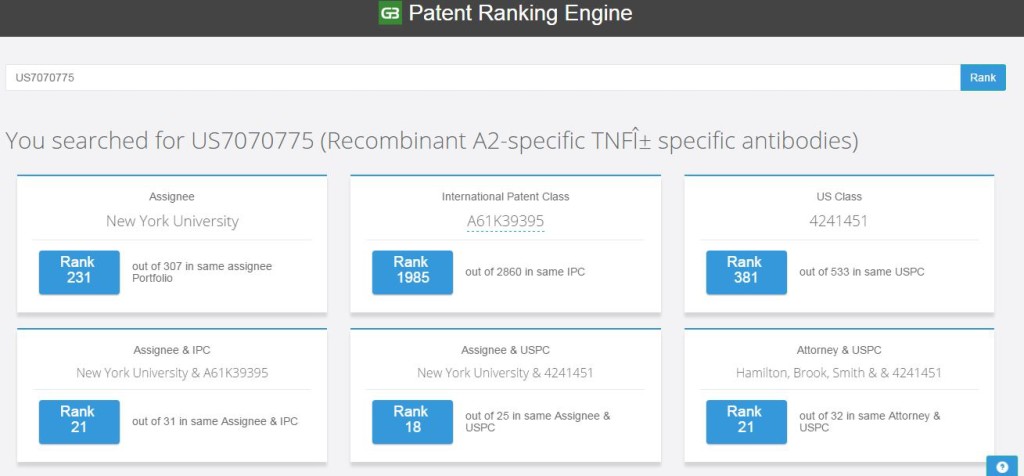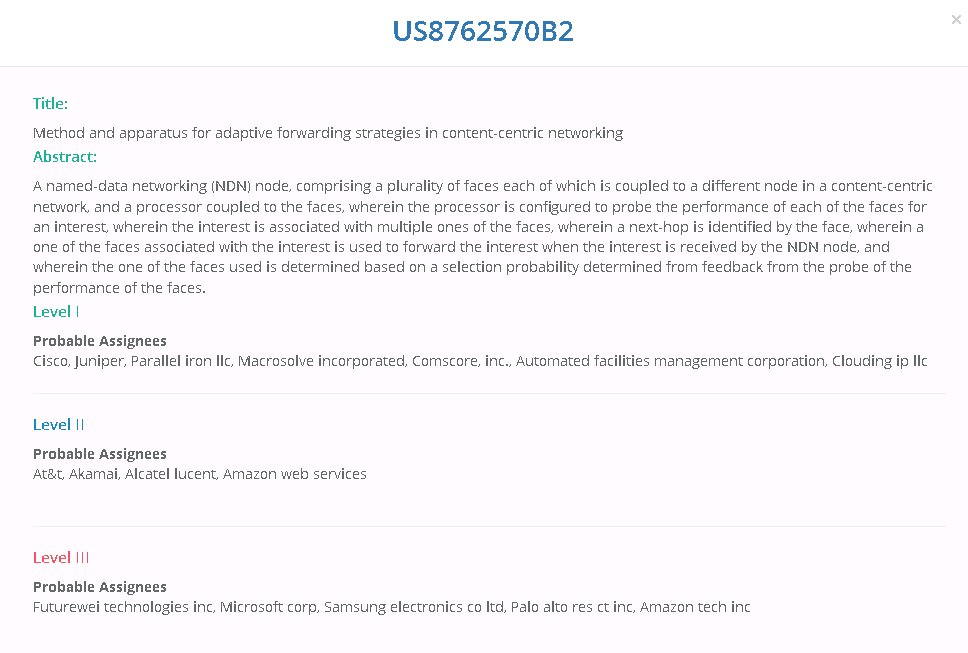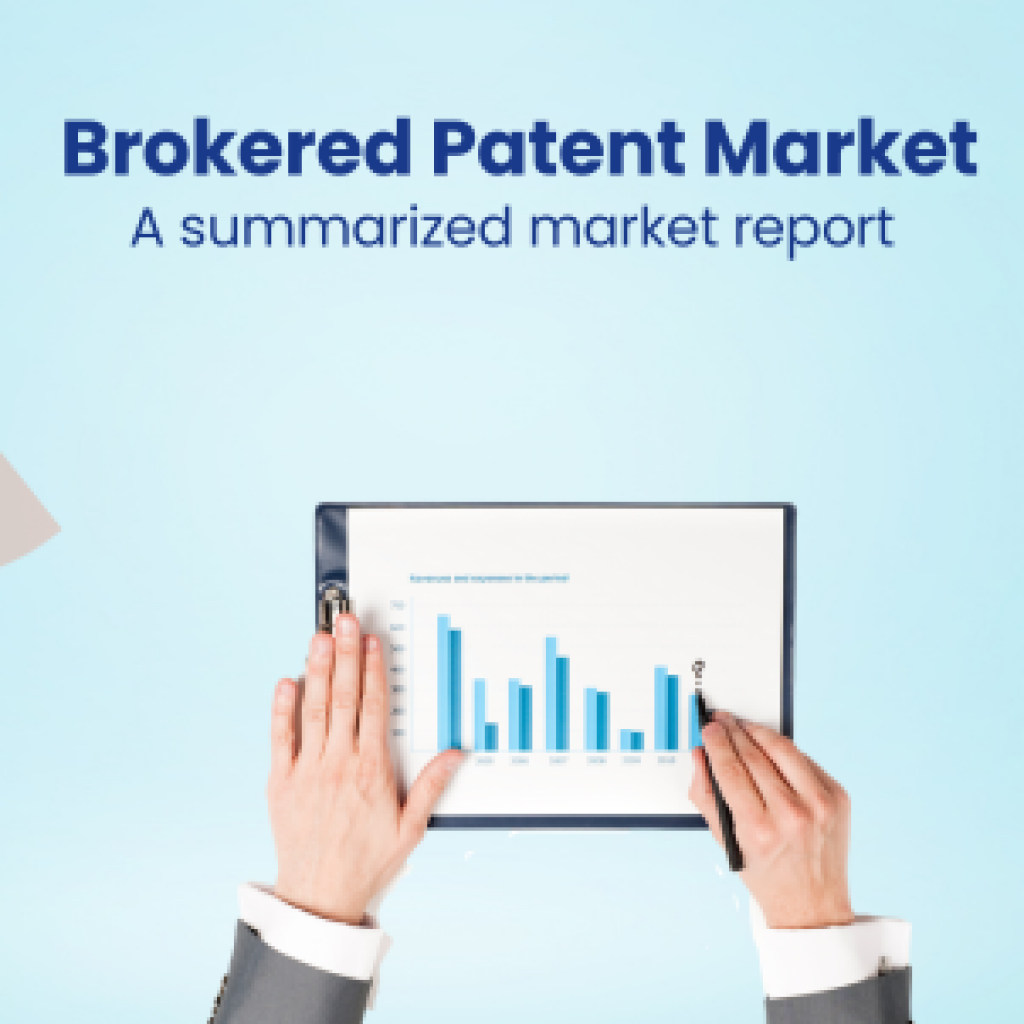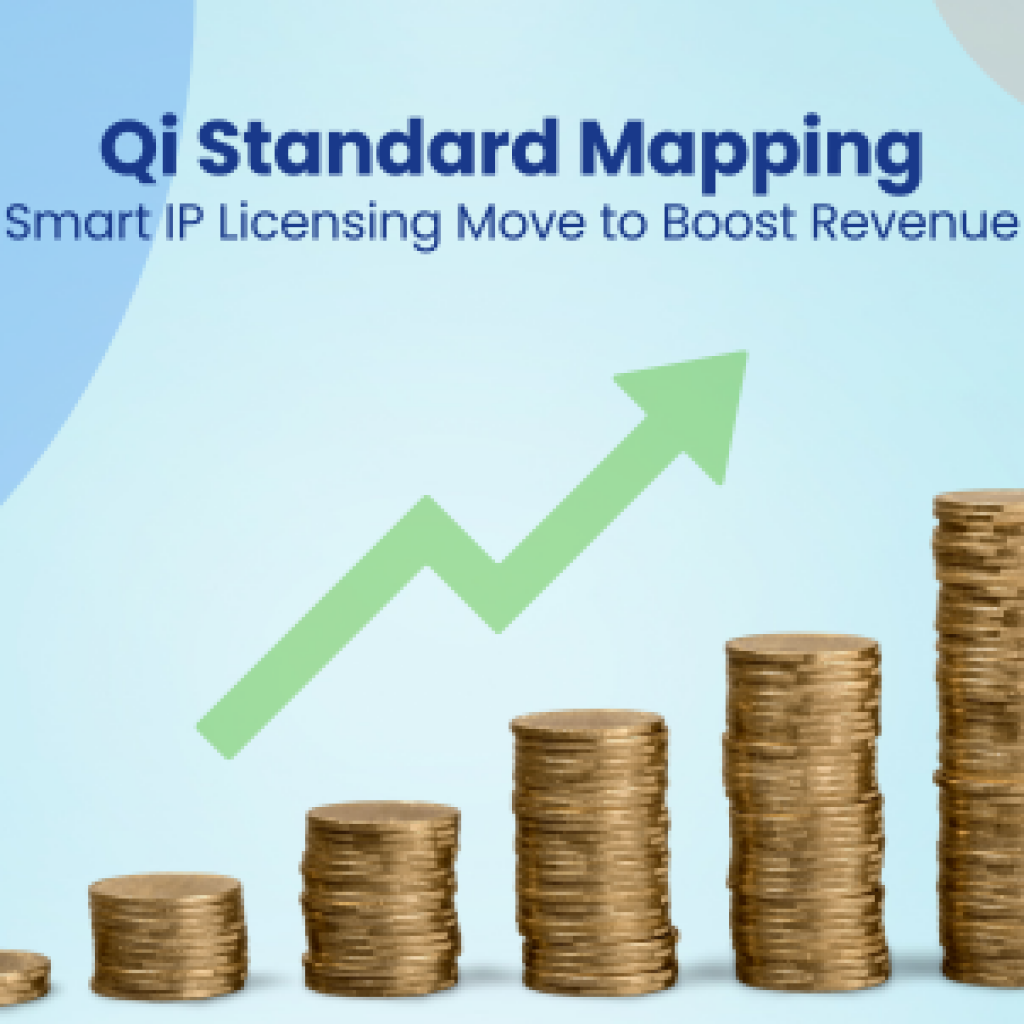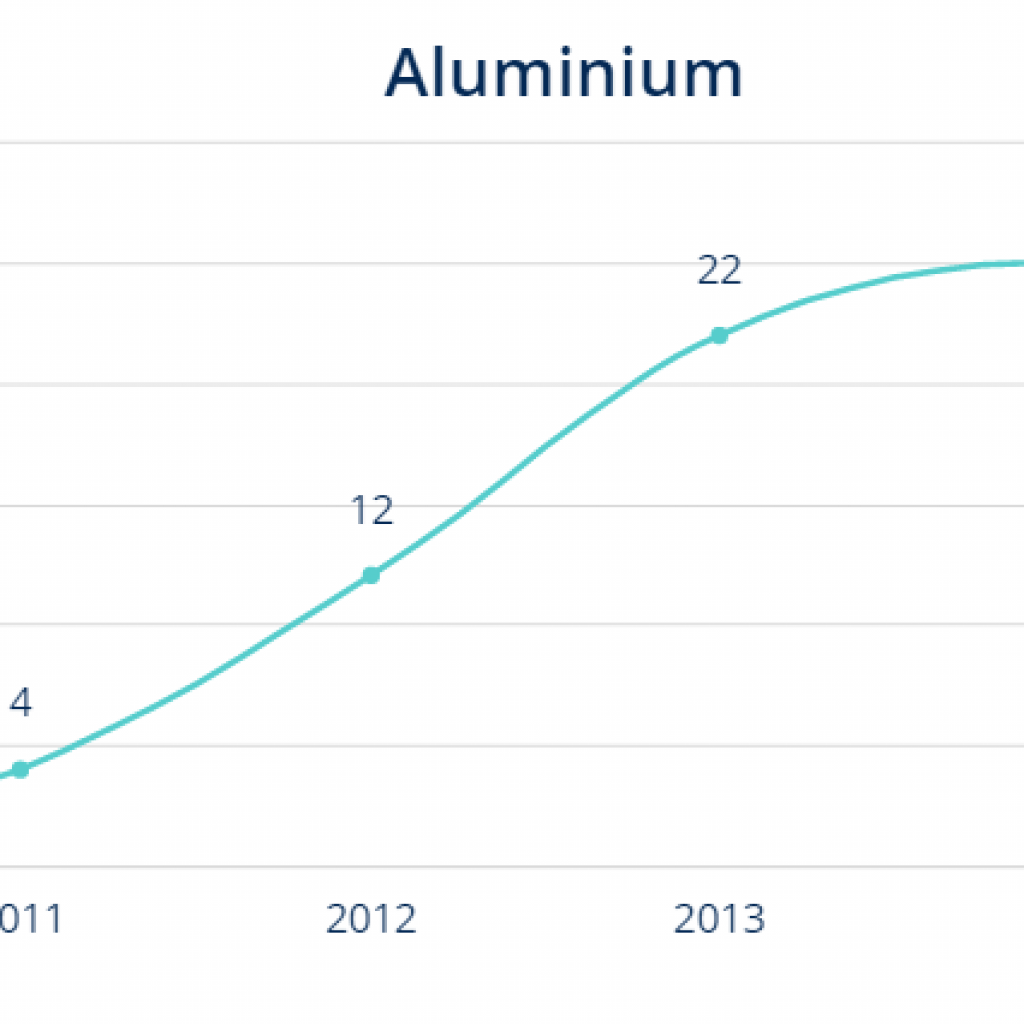Can you think of traveling from London to Paris by just walking instead of using an airplane?
Impossible! You may even call me a lunatic for just asking such a silly question. But the point is if we are not keeping pace with rapidly changing technology, we might be on the losing side.
Similar is the case with Patent monetization. Generally, it has been considered that effective patent monetization requires laborious man-hours. However, the automation of patent monetization can help us achieve more with less.
Let’s understand how.
Assume you have a portfolio of 1000 patents. Now in order to analyze the portfolio manually, you require a large number of resources. However, automation tools can do that in a matter of a few hours. Further, you can fine-tune it to get additional insights to make informed decisions.
Still confused? Well, below I have seven examples that can help you drive the point home:
1. Get Ranks of Your Patents to Spot the Gems in the Portfolio
Ranking your patent can help you spot the potential revenue-generating assets. Consider the below image, for example, from one of our automation tools Patent Ranking Engine which is free to use.
It assigns a rank to each patent of a portfolio which gives you an idea of the quality of a portfolio. Lower the rank, stronger will be a patent. Thus, having such information at your disposal — that too for free — help you make sound strategies for patent monetization.
2. Identifying Key Patents from a Large Patent Portfolio with Highest Monetization Potential
If you know which patents have high monetization and licensing potential, you can strategically decide their litigation activities.
If on click of a button you get 40 out of 1000 patents that have high litigation probability, you can strategically decide your next move without wasting your resources on analyzing other patents. Litigation Predictor is one such tool that can help you in such a pursuit. Below are some screenshots from Litigation Predictor.
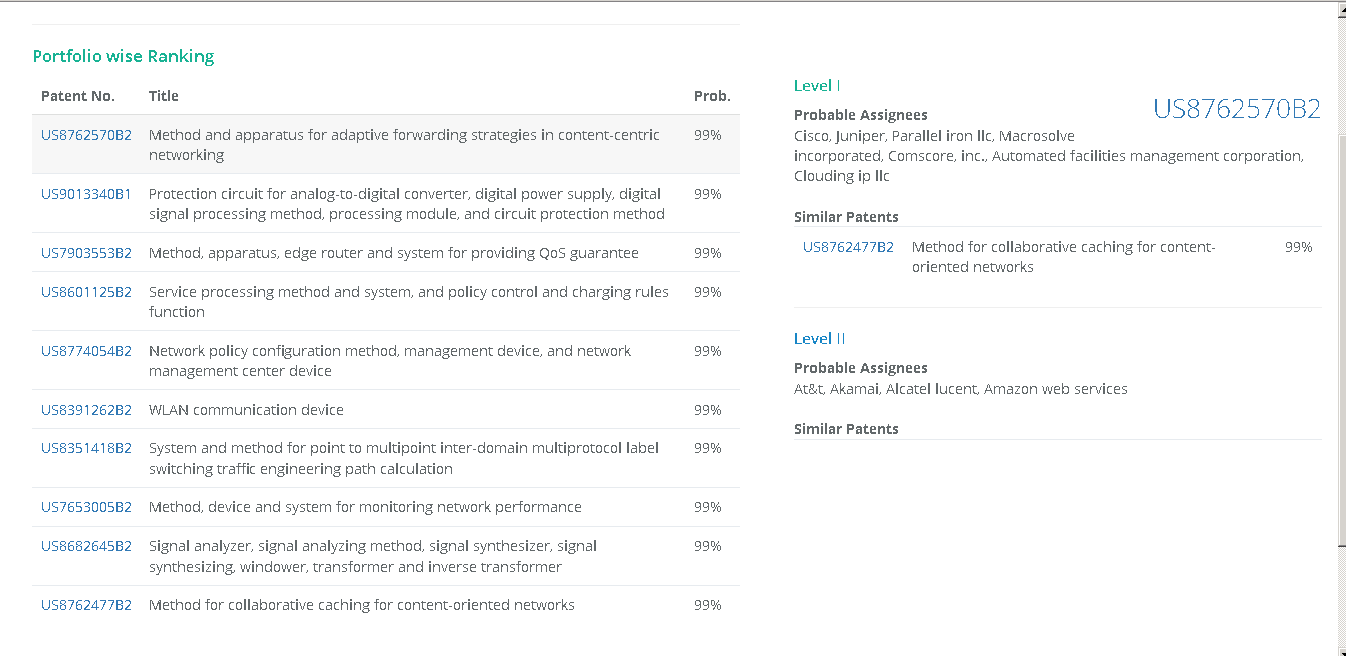
The above screenshot provides litigation probability of top patents from the portfolio of a company. Further, for each patent, it also provides information of companies overlapping on that patent as the value of a patent portfolio is examined on the basis of tech domain and overlapping company.
![]()
Here, Level 1 signifies 90% overlap, whereas Level 2 signifies 60-80% of overlap and so on. The probable assignee gives you the name of companies that can be contacted for a licensing deal. Now no software can accurately match and build a claim chart, but here accuracy is not the question, we are talking about the stage where getting ideas about who is developing products closer to your technology provides a very useful next steps. The greater the number of overlapping companies, the greater will be the value of a patent.
3. Alerts for paying maintenance fees due for patents
Checking time and again to identify patents for which the payment of maintenance fee is due can be a cumbersome task. Software that sends a reminder about such patents can help in getting the work done in seconds. Further, linking it with automatic e-payment system makes the job all easier.
4. No Junk, Only Relevant Results
While searching for overlapping products/companies, a researcher is always prone to get a lot of junk data. The relevant result hiding under a pile of junk, hence, gets ignored. This decreases the value of a patent portfolio.
Google search, for example, throws a lot of junk information – ads, research papers, patents, etc. A considerable time gets wasted in the analysis of this data which increases the chances of missing relevant information. It is because search engines are not tailored for a researcher.
GreyFox is one such tool database of which contains product literature and is specially tailor-made for patent researchers. It can revolutionize the way these searches are done.
5. Strategizing for countersuing or negotiation
At a time where you have to countersue a company or have to enter into a negotiation, a huge amount of time gets spent on identifying products that read your claims. What if you can do that within a matter of minutes? With the click of a button? Awesome, isn’t it?
GreyB has developed one such tool called Countersue Analysis. You just have to type the name of a competitor and it gives you a list of assets that can be used for negotiation or countersuing purposes.
In the above example, if I want to make a countersuing strategy for Ericsson, I will simply select Ericsson from the top and will get a list of my patents that can be used against them
6. Untraceable keyword variations not anymore
Not using the right variation of a term keeps you away from an overlapping product. A tool that use machine learning to provide untraceable keyword variation can help you in such instances.
Neo is one such tool. For example, if you are searching for variations of ‘UE’ – User Equipment in the telecommunication domain, the tool suggests ‘WTRU’ (Wireless Transmit/Receive Unit) which is highly relevant to UE. Now, User Equipment is a very common or general word and thus there is a lot of variation available for it. It’s difficult for a researcher to think of WTRU while performing the search.
A researcher may skip it or would find it after a lot of hours of searching. Neo, thus, can help you make millions by finding an overlapping product through a keyword variation that you are completely unaware of.
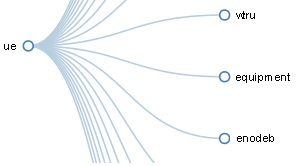
7. Time Efficient
Time efficiency is an important factor to be taken care of. Automation is always a better choice over a manual task. There can be tasks where an automatic process takes only 30 minutes while a manual process between 3-5 days. Automation helps you conduct an analysis in a completely different manner where the time saved can be used in getting more insights or portraying them in a better way.
Here is different roadmap between manual work and automatic work:

There is a saying “Time and Tide wait for none”, in the present scenario, however, it can be aptly rephrased as “Time and Technology waits for none”. So, let’s use the latest technology for patent monetization and make more money with less effort.
 Authored By: Rohit Sood, Manager, Infringement, and Arjun Verma, Researcher, Infringement.
Authored By: Rohit Sood, Manager, Infringement, and Arjun Verma, Researcher, Infringement.
Next Step: Explore more Patent commercialization Strategies and create your own smart patent commercialization strategy using these tactics.

